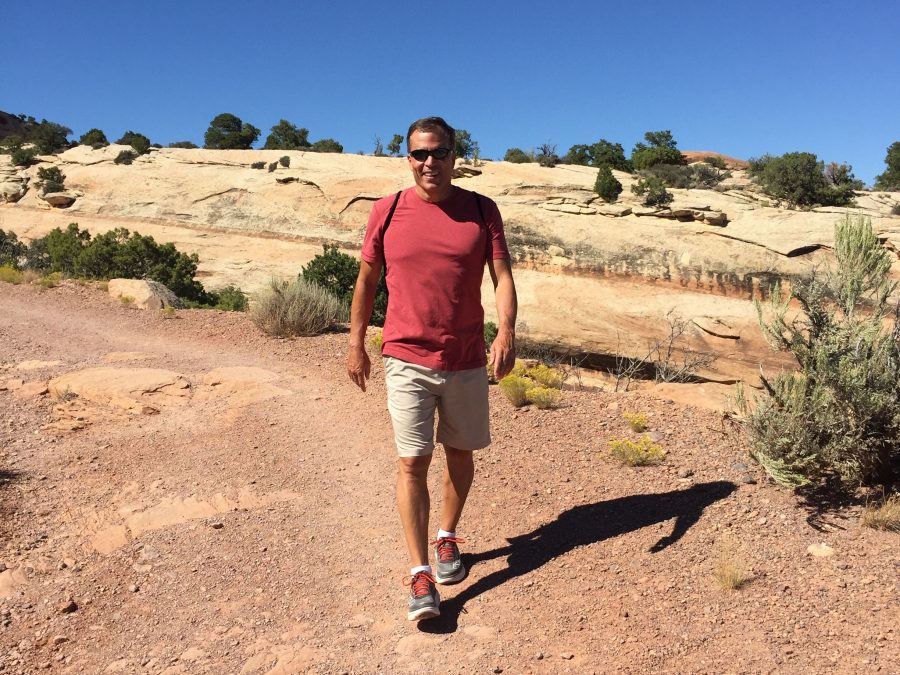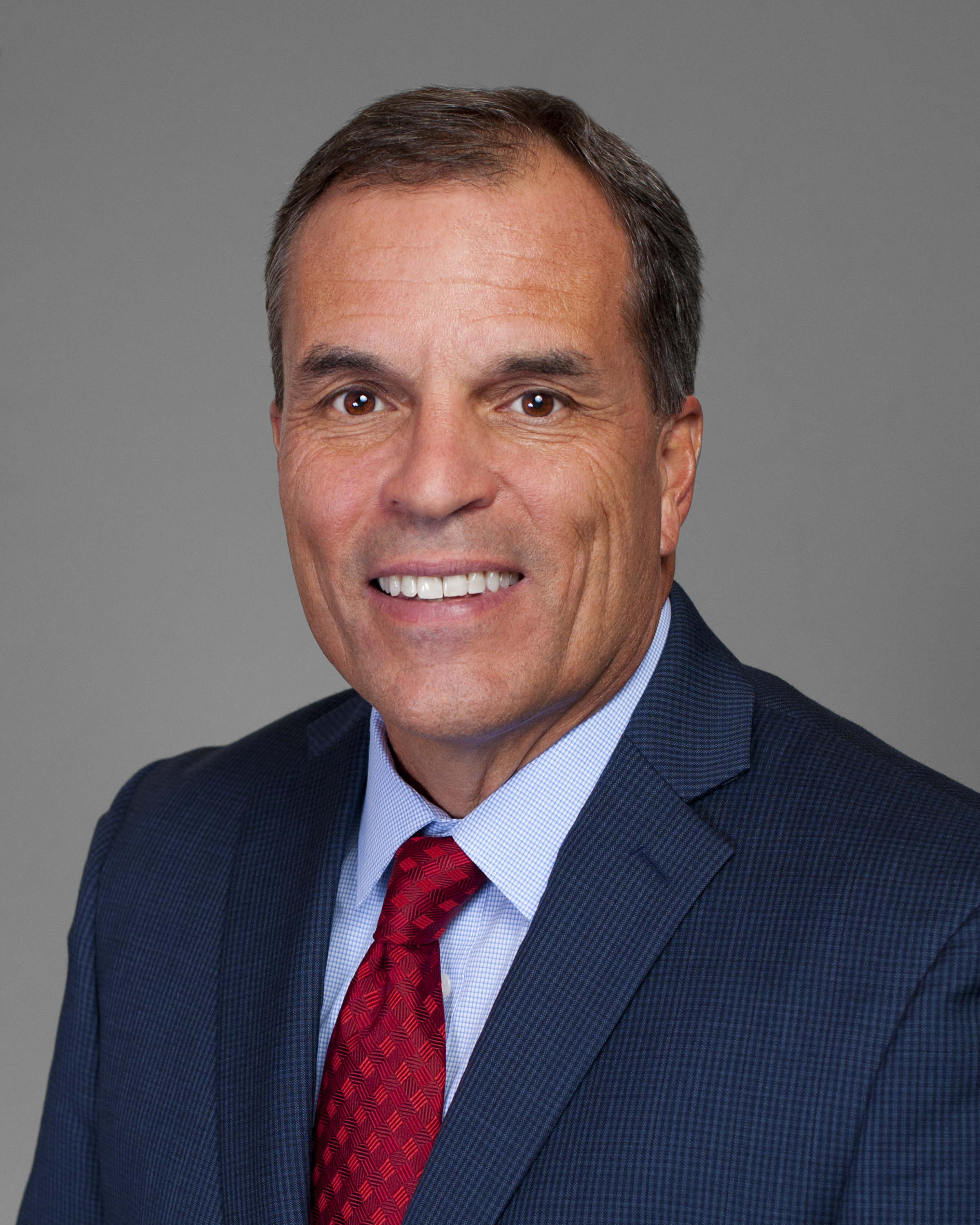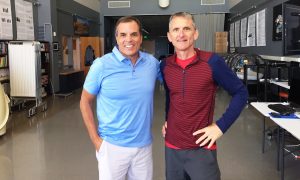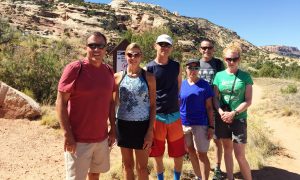In early September 2016, my travels took me to beautiful Grand Junction, Colorado to lecture at a medical meeting called Cycling CME. This meeting was organized by my friend and colleague Dr. Mike Reeder, who is a sports medicine physician there in Grand Junction and an avid cyclist. I loved this meeting because it offered the perfect blend of Continuing Medical Education (CME) and physical activity – namely either cycling or hiking, along with great lectures.
I gave two talks at this meeting. The first was on “Exercise and Brain Health”, in which I reviewed that many positive effects that exercise has on the brain, including causing it to actually grow in an area of the brain called the Hippocampus. This is a critical region of the brain for learning and the formation of new memory, and we know that a loss of hippocampus volume as we age is associated with the development of Alzheimer’s disease. We also know that exercise results in the release of a substance called BDNF (or Brain Derived Neurotrophic Factor) that is sort of like “Miracle Grow” for the brain and is the likely reason that kids who exercise seem to be smarter and do better in school; and why adults who exercise are less likely to suffer from anxiety and depression, along with having lower rates of Alzheimer’s disease.
My second talk at this conference was about the issue of “Dehydration and Sodium Problems in Endurance Athletes”. This is typically an issue in athletes who are riding or running long and hard, especially when the climate is hot and humid. We know that intense sweating can lead to dehydration and a loss of sodium, both of which can cause not only problems with performance, but also make the athlete ill and in rare cases cause death. Often times the low sodium is caused by drinking too much liquid without sodium that actually causes a dilution of one’s blood sodium that can lead to a host of serious problems. The way to prevent this is to try and match ones intake of water and sodium to losses. This is done by having athletes measure their sweat rate by weighing themselves before and after an hour of exercise, with their change in weight being a good approximation of how much water they have lost thru sweating and how much they need to try to replace each hour to maintain a fluid balance. This is a great tip for those of you doing prolonged exercise in a hot and humid environment.
While in Grand Junction I made sure to get in some great hiking. This is a beautiful area with amazing rock formations, trails and wildlife within easy access for both hiking and cycling. I especially enjoyed hiking along the Colorado National Monument, which is a massive rock formation that runs for miles right along the town of Grand Junctions. The weather was perfect and I was lucky enough to join a group of very fit conference attendees who came from all over the U.S. to attend this conference. There is no better way to get in your daily walking than by hiking in such a beautiful area.
Thank you again for reading my blog and spreading the word about the power of walking to improve health
Keep walking my friends!














